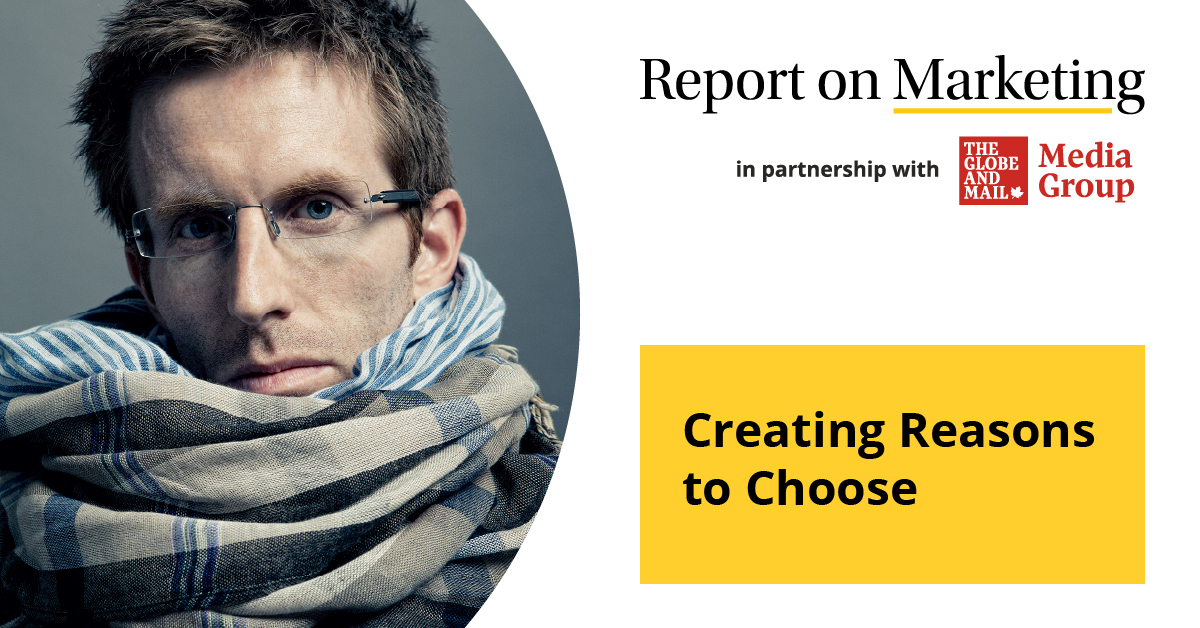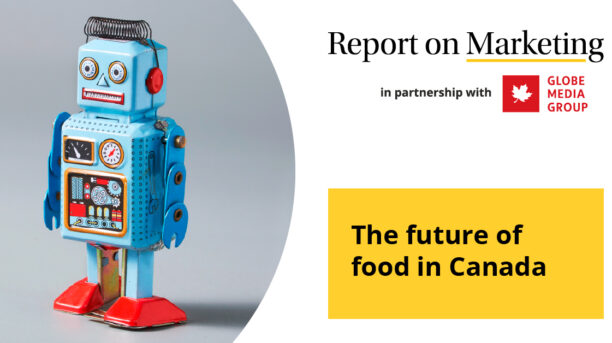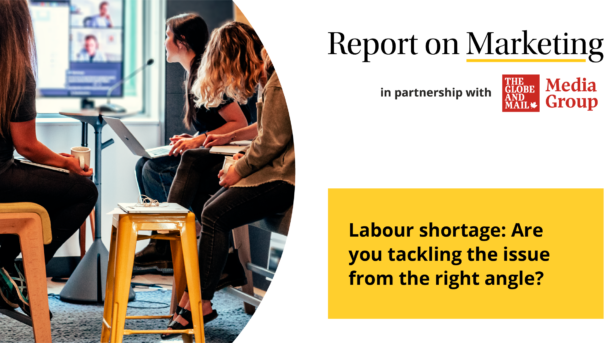By Guybrush Taylor, Executive Strategy Director at Camp Jefferson.
Relaxing spas. 24/7 home security solutions. Telcos that keep you connected. Insurance that protects what matters. Transit systems that get you where you’re going.
What do they all have in common?
They’re all marketing messages. They’re also quite common marketing messages — we’ve all heard these and other similarly-broad claims countless times. And yet, despite their ubiquity, they’re all guilty of the same crime: selling us something we expect to receive.
That spa had better be relaxing; that’s the reason we’re going to a spa. That security system most certainly should be engaged 24/7. And what else does a telco do besides keep us connected?
While marketed and celebrated as fantastic features, from people’s perspective, these are just table stakes. These are why people are shopping the category in the first place. These are something assumed true of all brands in the category. Above all, they’re not a reason to choose one brand over another.
It’s fascinating to see how often brands put their budgets behind these ‘parity promises’, when the returns are so detrimental — spending the few seconds of people’s attention they can afford to simply put themselves on par with their competitors. No emotional impact. No distinction. No reason for people to pick their brand over the others. Why, then, is this such a common event?
I believe it’s due to a growing confusion between what’s true and what matters.
Inside marketing, these parity promises live quite comfortably, despite their ability to fall flat or even commoditize our brand, because they sound like they matter. We call them product features, brand benefits, and most commonly, RTBs. Reasons to Believe.
Reasons to Believe is a part of a sentence we don’t often finish. The full version is something like: this (feature/characteristic) is a reason to believe that our brand delivers (quality, speed, comfort, etc). And this is where the trouble starts.
Virtually anything can fit into this formula and become an RTB. Comfortable mattresses. Refreshing Iced Tea. Even fat-free water (true story). All an RTB needs to exist is to be true. But just because it’s true about your brand, that doesn’t mean it matters enough to be chosen.
Marketing your brand based on category expectations is an investment in your own commoditization. But RTBs still have a strong allure. Brands in highly-competitive categories are continually mimicking and matching features to ‘stay competitive’, and making themselves indistinct in the process. Young brands, in an effort to look credible and established, will often promote category expectations, inadvertently becoming just another player in the space (if you’ve seen Coming to America, we’ll call this McDowell’s Syndrome.)
It’s not enough for people to simply believe that we’re relaxing, secure, or on time. Every brand’s success comes from one thing: being chosen. Everything a brand says or does should be designed to earn the decision of as many people as possible. If we work backwards from why people would choose us, rather than forwards from our list of features, we find ourselves in a much stronger position. We know what matters to people, and how to market ourselves to be chosen.
This is what tells us our Reasons to Choose, instead of our Reasons to Believe. Our RTCs, instead of our RTBs.
Reasons to Choose are the features and benefits that would cause people to choose your brand over their other options. They can be something unique to your brand, from secret recipes to unparalleled customer care to flights to outer space. Or they can be superior to others: from simple return policies to exquisite details to emission-free buildings. Marcom, product, innovation, sales, retail, CSR — the reasons people choose a brand can come from any point in their experience.
The important difference is that your RTCs are not determined internally. They’re found by understanding the motivations of those who already choose you, or who might choose you, in the right conditions. But this is a skillset not often found in our organizational charts, or planned for in our five-year roadmaps. When people are consulted, it’s most often done after the development of a prototype or a marketing campaign, hoping the investments and decisions made long ago were right.
Aligning what you offer with why people choose means the process begins with those people. The motivations that bring them into your category, the expectations they have, and the opportunities for your brand to exceed them. And, of course, keeping up with it — a single Reddit post can do a lot these days. While this does take more effort, it’s ultimately far less costly than investing in irrelevance.
There are many Reasons to Believe your brand, but it’s the Reasons to Choose that drive your business forward. What’s true of you and what matters to people. It is possible that, out of all your RTBs, you might only find one or two clear RTCs. Maybe none. But it does provide clarity: you can see your brand’s value from people’s perspective. Why they choose you, why they don’t, and most of all, how you’ll need to invest to become chosen more often.
Camp Jefferson is a member of the Institute of Communication Agencies. Report on Marketing is where leading Canadian agencies showcase their insights, cutting-edge research and client successes. The Report on Marketing provides a valuable source of thought leadership for Canadian marketers to draw inspiration from. Find more articles like this at the Report on Marketing.
See all Ideas & Insights



